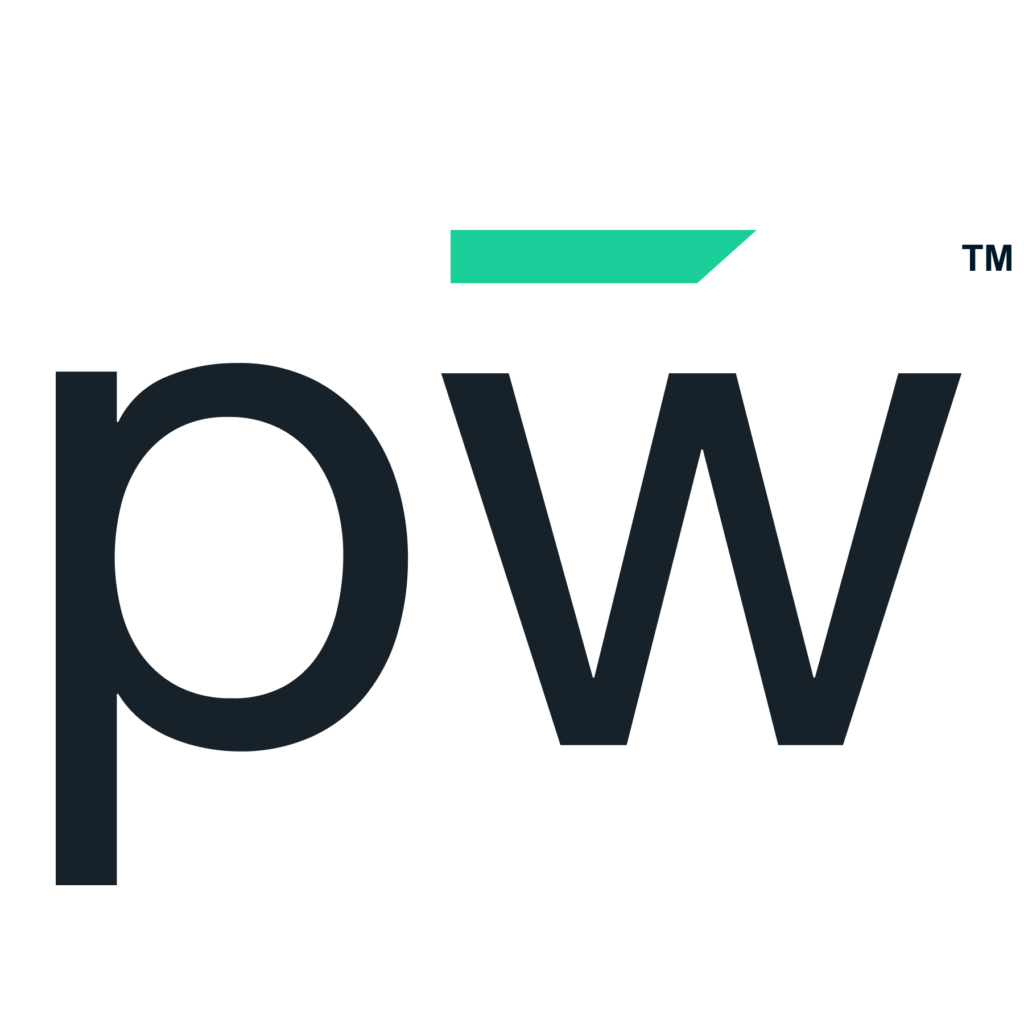The modern education ecosystem has changed substantially over the past few decades. Classroom initiatives were much simpler before the digital revolution and the arrival of more tech-savvy generations. For students, choosing between a career or college was much easier, because both held a promise for a fruitful future.
Today’s students have concerns about college loan debt, building transferable skills, being financially stable and a desire for more meaningful work. The choices for education and training have expanded, and educators are trying to keep up and guide students to appropriate paths. Unfortunately, the Texas Education Agency (TEA) is sounding the alarm bells that students aren’t ready for life after high school, whether that be college or work.
In response, they developed a new strategic initiative for the state: the 60x30TX Plan.
It’s a requirement for every district. As a result, administrators need to explore new ways to align with this strategy while also being cognizant of not burdening teachers with more work. Their methods for meeting the initiative requirements need to be cost effective, and outcomes must be trackable and measurable for every student.
Understanding the TEA’s New Strategic Initiative
The TEA notes that by 2030, most careers will require training beyond secondary education, but a four-year degree isn’t a fit for every student. There are many opportunities to join trades requiring certification or an associate degree, instead. However, overall post-secondary enrollment is falling, declining by 4.1 percent in 2022.
The modern educational path to job-readiness is not a straight line—there are many forks to different opportunities. The key is to guide students so they choose a fork that helps them reach their potential for job satisfaction and earning a living wage.
The agency stated that too few Texas students are currently prepared for life after high school. They aren’t continuing their learning or career path. Should this trend continue, employers won’t have trained workers, and individuals may only qualify for low-paying jobs.
The TEA's focus of the 60x30TX Plan is on preparing every student for success. It contains four strategic priorities:
- Recruit, support and retain teachers
- Build a foundation of reading and math
- Connect high school to career and college
- Improve low-performing schools
How will local school districts meet these needs and requirements? Several challenges stand in the way of success.
The Challenges Ahead: Too Few Counselors, a Lack of Resources, and Waiting for Program Expansions
Connecting high school to career and college is front and center. The plan affirms that students need skills when they graduate from high school, so they can be successful in their next stage.
The first challenge the TEA outlines is lack of school counselors playing the role of college and career readiness advisors. According to the American School Counselor Association, the national average is 415-to-1, well beyond their recommendation of 250-to-1. For Texas specifically, it’s 392-to-1. As a result, the responsibilities to others that often lack the training.
With major educator shortages already plaguing Texas public schools, there’s no quick fix to add more professionals to districts. Educators, counselors, administrators, and school boards must work together to find alternative solutions, including expanding resources to prepare students for a career or college. The TEA has developed plans to do this in the initiative.
First, they will develop coordinated, high-impact teams to be more effective. The agency has more plans, with dollars behind them, to expand College and Career Readiness Models (CCRSM). These models will provide new learning opportunities in technology. Another component is the Texas Regional Pathways Network (TRPN), which will offer a pathway for students to transition from high school to post-secondary education and careers, focusing on those that are high-demand and high-wage.
These are all great initiatives to support the strategic goal. However, Texas school districts still need other resources that will help them meet 60x30TX and do so more quickly and consistently than these efforts that are not yet accessible.
What new assets can school boards turn to help their students bridge the gap from student to adult life? pepelwerk has answers.
How pepelwerk’s Technology Bridges the Gap
Technology innovation has often been the solution for complex challenges, and the solution to TEA’s 60x30TX Plan requirements is no different. pepelwerk’s platform is cost-effective and reaches every student in the eighth grade or higher. It uses data and AI to match a student’s passions and abilities to a career.
With pepelwerk, the learner experience is personalized and user-friendly, characteristics that this group of digital natives appreciates. Technology has always been part of their lives, and they have high expectations around these experiences. pepelwerk meets those expectations and more.
Many high schools and post-secondary institutions have implemented the platform with great success. Their students can use the solution through an app or web portal to see the connection between what they learn (curriculum) and their life goals. They then have access to tools for paving this path, including curriculum that correlates to the real world and content that helps them develop the professional skills they need.
pepelwerk’s solution provides ways for schools and districts to measure and track student performance to determine outcomes at the individual level—and to prove ROI. Furthermore, the solution integrates with other tools in existing education tech stacks.
Get ahead of the TEA’s 60x30TX initiative and boost Texas students’ career and college readiness by demoing pepelwerk at your next school board meeting.










